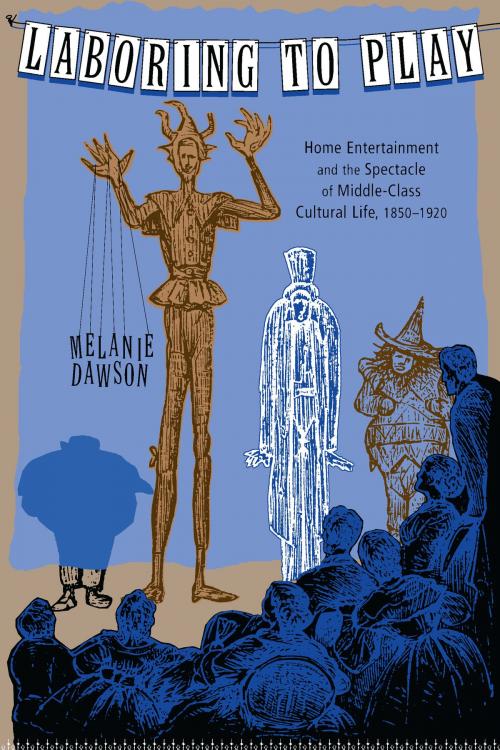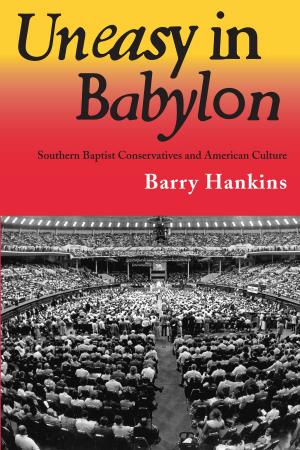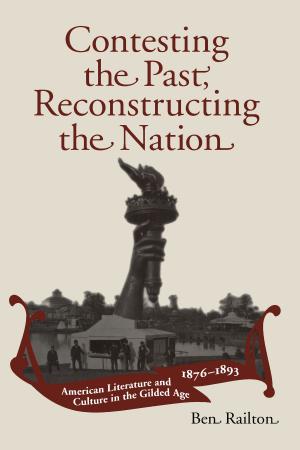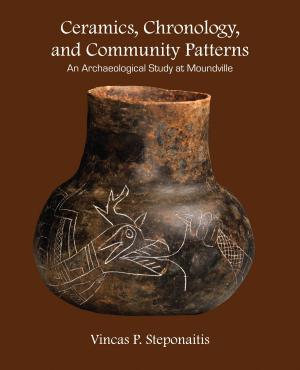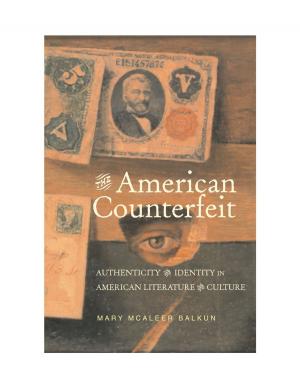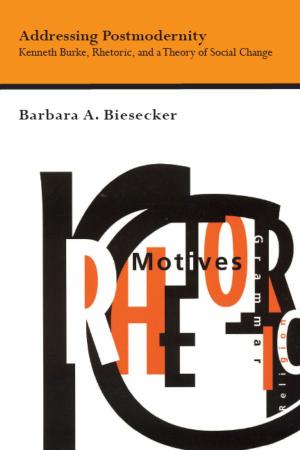Laboring to Play
Home Entertainment and the Spectacle of Middle-Class Cultural Life, 1850-1920
Nonfiction, History, Americas, United States, 19th Century, Social & Cultural Studies, Social Science, Cultural Studies, Popular Culture| Author: | Melanie Dawson | ISBN: | 9780817387334 |
| Publisher: | University of Alabama Press | Publication: | October 15, 2013 |
| Imprint: | University Alabama Press | Language: | English |
| Author: | Melanie Dawson |
| ISBN: | 9780817387334 |
| Publisher: | University of Alabama Press |
| Publication: | October 15, 2013 |
| Imprint: | University Alabama Press |
| Language: | English |
A compelling analysis of how "middling" Americans entertained themselves and how these entertainments changed over time.
The changing styles of middle-class home entertainments, Melanie Dawson argues, point to evolving ideas of class identity in U.S. culture. Drawing from 19th- and early-20th-century fiction, guidebooks on leisure, newspaper columns, and a polemical examination of class structures, Laboring to Play interrogates the ways that leisure performances (such as parlor games, charades, home dramas, and tableaux vivants) encouraged participants to test out the boundaries that were beginning to define middle-class lifestyles.
From 19th-century parlor games involving grotesque physical contortions to early-20th-century recitations of an idealized past, leisure employments mediated between domestic and public spheres, individuals and class-based affiliations, and ideals of egalitarian social life and visible hierarchies based on privilege. Negotiating these paradigms, home entertainments provided their participants with unique ways of performing displays of individual ambitions within a world of polite social interaction.
Laboring to Play deals with subjects as wide ranging as social performances, social history (etiquette and gentility), literary history, representations of childhood, and the history of the book.
A compelling analysis of how "middling" Americans entertained themselves and how these entertainments changed over time.
The changing styles of middle-class home entertainments, Melanie Dawson argues, point to evolving ideas of class identity in U.S. culture. Drawing from 19th- and early-20th-century fiction, guidebooks on leisure, newspaper columns, and a polemical examination of class structures, Laboring to Play interrogates the ways that leisure performances (such as parlor games, charades, home dramas, and tableaux vivants) encouraged participants to test out the boundaries that were beginning to define middle-class lifestyles.
From 19th-century parlor games involving grotesque physical contortions to early-20th-century recitations of an idealized past, leisure employments mediated between domestic and public spheres, individuals and class-based affiliations, and ideals of egalitarian social life and visible hierarchies based on privilege. Negotiating these paradigms, home entertainments provided their participants with unique ways of performing displays of individual ambitions within a world of polite social interaction.
Laboring to Play deals with subjects as wide ranging as social performances, social history (etiquette and gentility), literary history, representations of childhood, and the history of the book.
